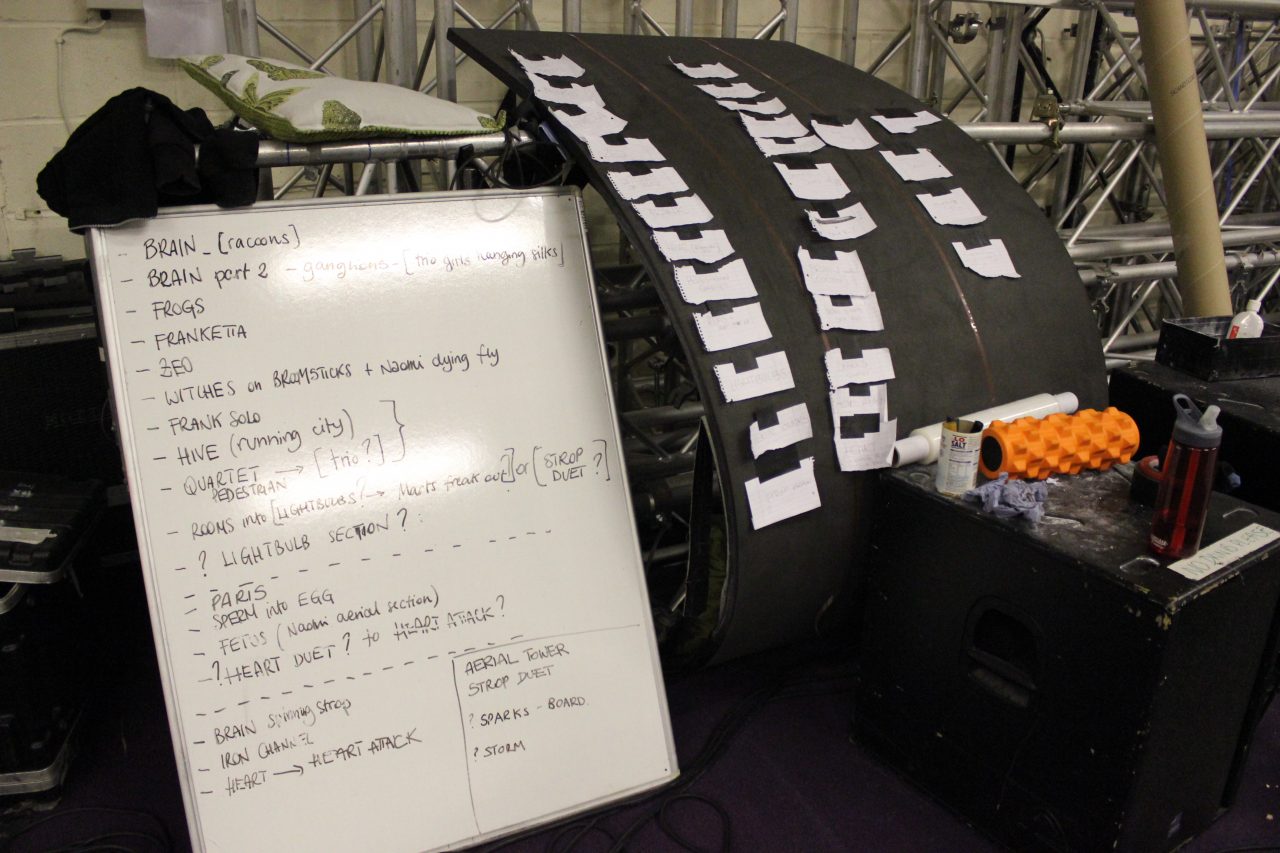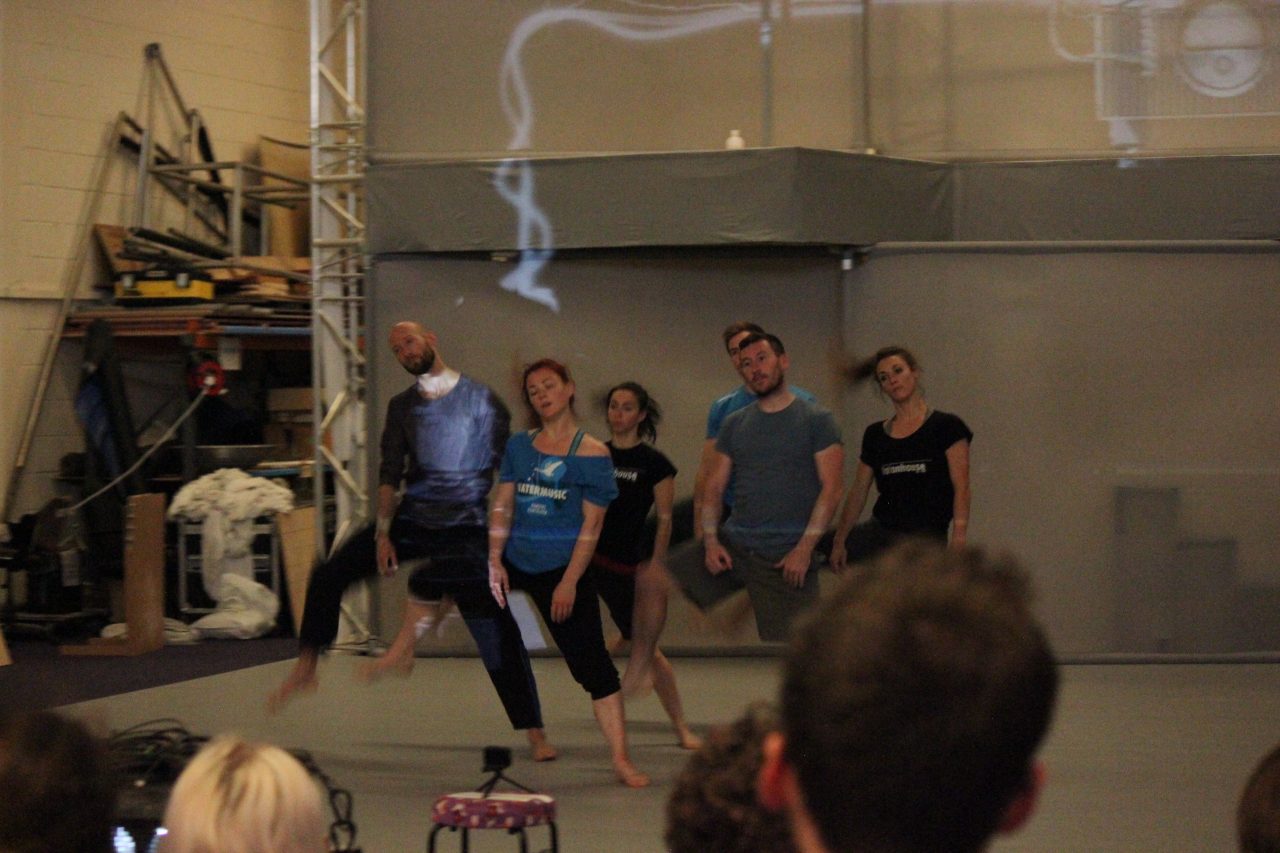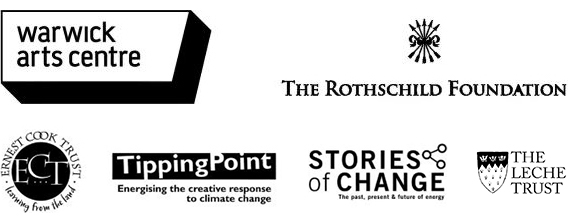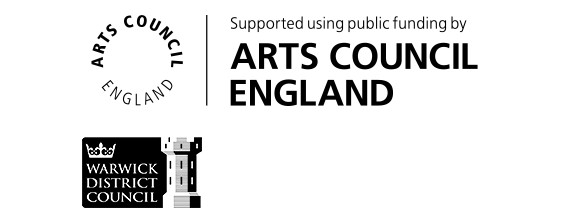Kevin Finnan, Artistic Director of Motionhouse, spends a long time researching, planning and thinking about each production several years in advance of actually making it. He then begins to explore ideas with the Motionhouse team and his collaborators.
First discussions about Kevin’s vision for Charge began in October 2015; more than a year before any movement material was generated. The set always plays a major role in Motionhouse’s work and is designed to bring about new possibilities for movement, pushing the company toward discovery and innovation, so it is always the first element of the show to be discussed and designed. The ambition is always to create a 360 degree world of light, textures and levels capable of transforming itself from scene to scene in order to give the sense of a journey, so the set is designed in 3D many times before being built.
Kevin met with long-time collaborators Simon Dormon (set designer), Logela Multimedia (digital projections), Austin Lawler (Production Manager) and the dancers and talked about creating a set with hidden delights, the full potential of which would only gradually be revealed as the piece progressed. As a base-line, it had to include a surface that would work with film projection (to continue the filmic visuals through the triptych) but, rather than being a flat surface, Kevin was keen to experiment with three-dimensionality and depth – hence the raised platforms and walkways – and to provide for a variety of entrances and exits. He also wanted to use texture and material in innovative ways. Simon’s solution was to find a strong, flexible material to allow people to be ‘caught’ up and ‘disappear’ inside the set. Height was important so the piece could move upwards into vertical space and create the sense of isolated rooms in high-rise flats for Kevin’s cityscape. Silks and a strop would provide additional means of access between levels and facilitate dramatic aerial possibilities.






